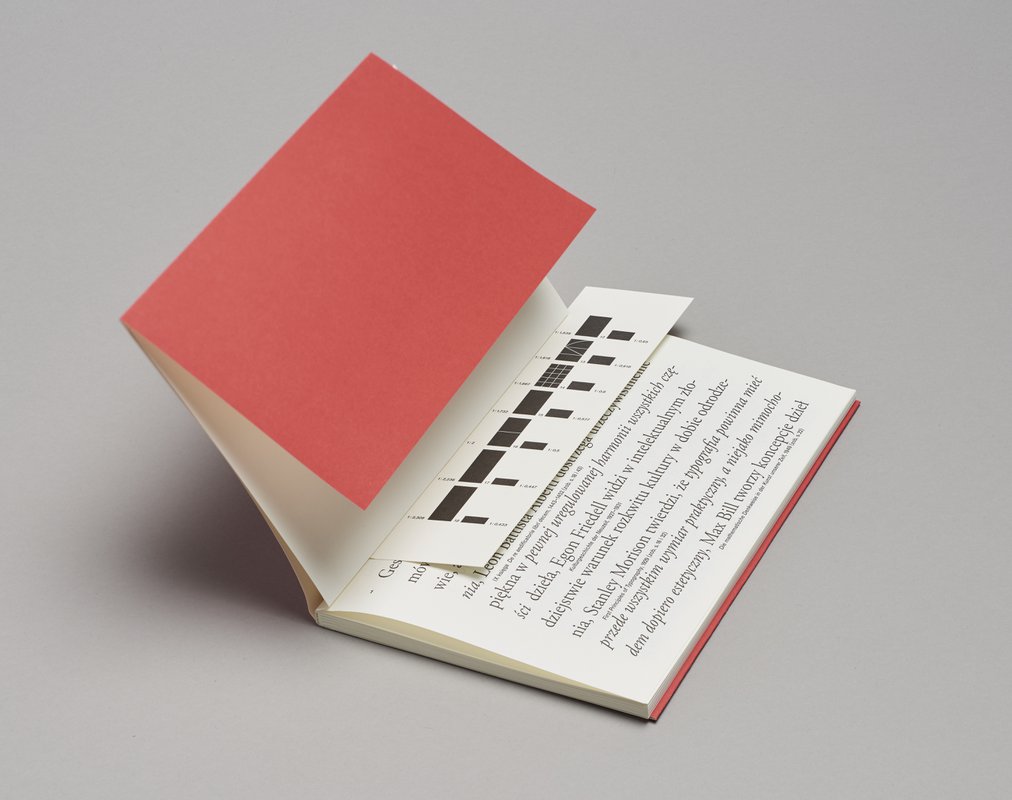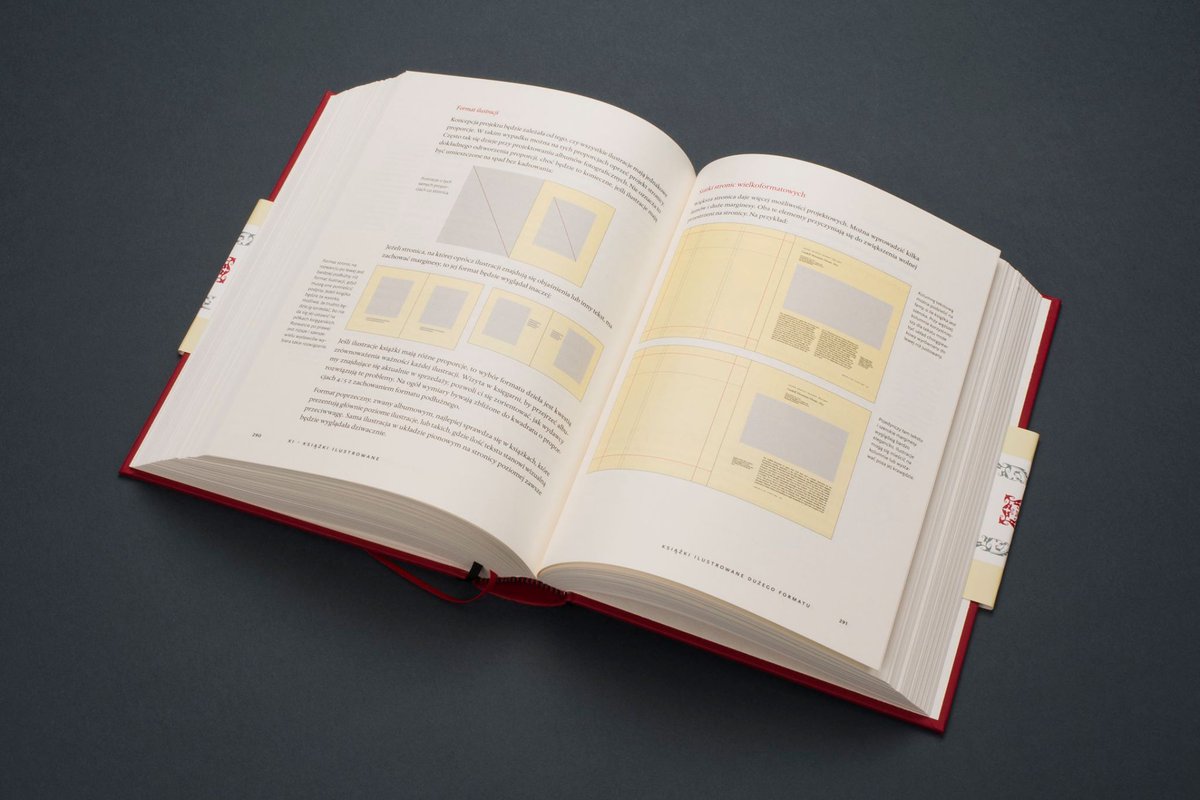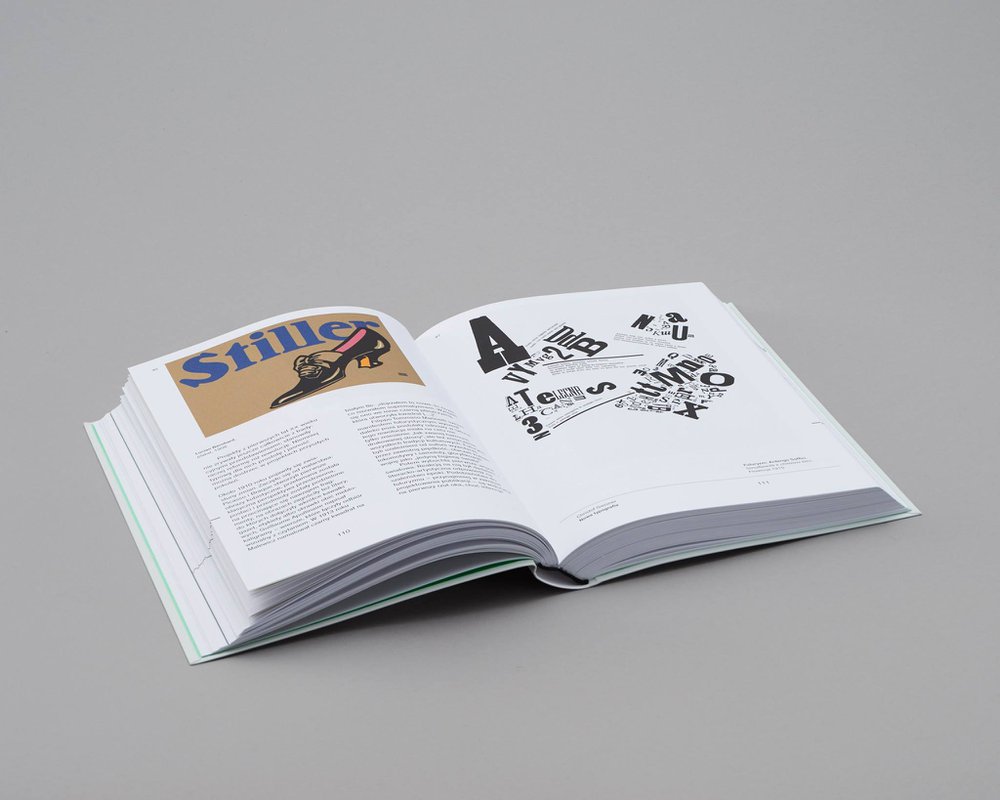With the right paper choice you add an extra dimension and tactile experience to your printed communication.
Article by Michał Büthner-Zawadzki, Business Developer Arctic Paper Polska.
Paper is a vital part of the total perception in the communication of printed material. To decide if the paper should support a graphical design or an identity or a brand message is a strategic decision. With the right paper choice you add an extra dimension and tactile experience to your printed communication.
Uncoated paper grades gives you endless opportunities when it comes the shade, surface and bulk. For sure the selected paper is an important part of the overall message for the brand you promote.

Below we present a number of different applications areas, paper properties and some tips that can help you through the production process of your printed matter.
Books with texts but without illustrations
Here we require that the paper demonstrates appropriate opacity – so that printed text visually wont "disturb" reading on the other side of the sheet. Another issue is paper bulk (also called volume), i.e. the quotient of paper thickness and grammage – if you compare two sheets of paper in the same grammage but with two different bulks, the paper with the highest bulk will be thicker regardless that the two papers have the same grammage. In other words, a book made out of a paper in high bulk can have a broader spine than the book made out of a paper in a lower grammage, the high bulk book will have a more “impressive” appearance. Let us also remember that texts, printed on papers with lower whiteness and in cream colour, are easier to read for their not so high contrast.
High opacity, a high bulk (1.5-2.0) and lower whiteness are among the typical parameters of wood-containing papers, the manufacturing process of which is based on mechanical pulps and recycled pulps. Their weak features include dusting tendency and low resistance to ageing due to the lignin content – their strength deteriorates over time, as well as yellowing. If quality is what we care about, let us select woodfree papers or papers with a slight addition of mechanical pulps. The most common grammage values are 60-80 g/m².

Books and printed materials with a text and single colour or duotone illustrations
With regards to print of this type, the qualitative requirements are slightly higher. We obviously further insist on opacity and bulk but also on qualitative reproduction of graphic arts or black & white photos. There are good reasons to opt here for surface-sized papers, less absorption of the printing ink, what will ultimately result in a smaller dot gain. Surface-sizing will also reduce the dusting tendency of paper. How to check if a given paper has been surface-sized? Apply a water droplet on the paper surface – it should stay there for a longer time. Whereas, in case of non surface-sized paper, it will immediately be absorbed. The grammages we choose are usually within the range 80-120 g/m², while the bulk value range from 1.3 through 2.0.

Books with full-colour reproductions, albums, wall calendars, exclusive advertising materials, etc.
In such cases, we shall seek top quality papers, designed for full-colour print. Paper smoothness is also a very important parameter. The smoother the surface of the paper, the more detail of a photo can be reproduced on it. The dot gain will also be smaller, that results in a better colour reproduction. High quality uncoated papers are surface-sized and woodfree, manufactured from cellulose fibres – the most noble raw material. Those papers are characterised by optimal strength parameters, high smoothness, resistance to ageing and a low dusting tendency. Their relatively low opacity may be regarded the only weak point? When photos are printed, opacity should be 95%, while it should be 97%, when printing solids. Therefore, we have to seek for slightly higher grammage levels (paper opacity increases with its growing grammage) – minimum 100 g/m². The bulk of these papers are usually 1.1-1.4.

As I have mentioned before, high quality, full-colour works can successfully be printed on uncoated papers. However, it requires a proper setting of materials for printing – the prepress processes.
Let us start from screen ruling selection. The maximum ruling with which printing is possible on a given paper, depends on its absorptive capacity and surface roughness. The rougher and more absorbent paper we take, the lower screen ruling should be applied. Regarding uncoated papers, the normal selected ruling values range from 133 through 175 lpi. The screen ruling selection is usually done by the printing house but it is always advisable to consult and ask the printer why such a particular ruling has been applied?
Another issue is the compensation of dot gain. Printing on rough and absorbent substrate is associated with a considerable increase in dot size. This will result in detail losses in darker picture areas and in general reduction of printed picture contrast. Therefore, the dot gain should be compensated. It is even more complicated since it does not depend on paper type only but is also associated with screen ruling, the printing press performance, the ink quality, etc. The best solution is to enquire with the printing house for information regarding which profile should be considered for printing on uncoated paper. The printing house may sometimes provide us with their own profile. If the printing house recommends the use of ISO Coated – we should seek an alternative partner.
In order not to apply excessive ink volumes on paper in picture separation, the maximum ink coverage should be determined. It regards the sum of percent coverages of particular CMYK model colours at a given area of the print. We can decrease the proportion, replacing the use of CMY model colours by a bigger share of black ink. Assuming that the printing press has been accurately calibrated and the materials properly set up, the printing ink volume on uncoated paper may amount to 280% maximum. The value of 260% is recommended in practical applications, as higher values rarely bring better effects, while additional problems may occur, related to ink drying, setoff and smudging.
The use of general ICC profiles, offered by paper manufacturers, seem to be a good solution. Such a profile ensures proper compensation of dot gain, resulting from the characteristic features of the paper itself. This profile also contains the algorithm of total ink coverage. The Arctic Paper Company has designed a portfolio of general profiles for all their uncoated and coated matt papers. The profiles, together with instructions for use, can be downloaded from the web: www.arcticpaper.com/icc

Let us, however, remember that the most important tool in the colour management process is not a spectrophotometer but... a telephone. Good communication, held among the customer, the designer and the printing house at an early stage of task planning, will ensure that misunderstandings and numerous problems are avoided after production is triggered, when the problems may then turn out to be rather expensive. Therefore, at the earliest opportunity, we head to the printing house for approval of our project and try to pal up with the printer.
GLOSSARY OF TERMS:
• coated paper – paper enriched by a coating layer which consists of a pigment-adhesive mixture.
• woodfree paper – paper without lignin, produced mainly from chemical pulps.
• wood-containing paper – paper with lignin content, produced mainly from mechanical pulps.
• mechanical pulps – fibre pulps, obtained by mechanical wood defibering, semi-product for paper production.
• chemical pulps – fibre pulps, obtained by wood delignification, i.e. chemical solution and removal of the lignin majority. Another term is a cellulose. Semi-product for paper production.
• surface-sizing of paper – application of adhesive layer on the paper web. Modified starch-based adhesives are mainly used. Surface-sizing increases paper resistance to abrasion, reduces the absorbency of ink and decreases dusting tendency.
• paper grammage – paper weight (expressed in grams) of one square meter of a paper product.
• paper volume – the paper thickness (expressed in micrometres or microns) to paper grammage (in g/m²) ratio. Also called bulk. Extremely smooth, glazed, uncoated papers present the bulk of 1.1. High bulk papers may even reach the volume of 2.0.
• paper opacity – defines the level of absorption of light as it passes through the paper.
• solid – a surface printed with single, non-screened colour.
• screening – the technique that is used in printing to simulate continuous-tone images such as photographs using tiny elements: dots or lines.
• amplitude modulation screen (AM screen) – a screen, in which tonal differentiation results from size changes of regularly laid dots. Other terms: traditional screen, conventional screen.
• screen dot – an element of screened image. It is a point which is covered with ink during printing.
• screen ruling – in AM screen, it defines the number of rows of dots (or lines), configured in parallel to one another, per length unit. The screen ruling is expressed in lines per inch – lpi or – more rarely – in lines per centimetre.
• CMYK model colours – process inks in four-colour printing: Cyan, Magenta, Yellow and Black (Key colour). Combined together on a printed image, they provide the final colour.
• maximum ink coverage – a parameter which determines the maximum volumes of all CMYK inks, which can be used for printing In offset printing. There is 0 - 100% coverage for each of the four CMYK colours. Thus theoretically – we can obtain a maximum value of 400%. In other words: Total Ink Limit, Total Ink Coverage.
• ink setoff – printing defect characterized by the transfer of wet ink to the reverse side of the sheet lying on top of it in the press delivery tray. In extremal cases, it may lead to sticking of sheets in stack.
Get into paper
If you want to discuss the choice of paper, get paper samples sent to you or need other technical support, just contact your local Arctic Paper sales office.